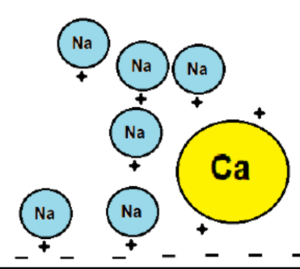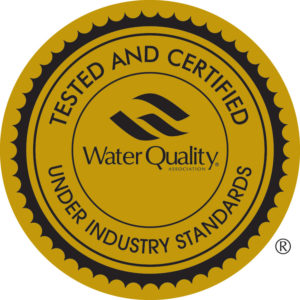When More Water is Needed There are many reasons why additional storage is required. If the system is installed in houses with larger families, cooking needs alone may warrant more storage. If the family fills their water bottles Read more
ARSENIC
History of Arsenic Use Arsenic is a naturally occurring element found in bedrock formations throughout the United States, but most commonly in the West, Midwest and Northeast regions. Arsenic in groundwater supplies is a result of the dissolution Read more
WQA’s National Study of Consumer’s Opinions & Perceptions Regarding Water Quality
The Water Quality Association recently released their annual consumer opinions and perceptions study for 2019. This report, conducted in January of 2019, represents the findings of a national online survey of 1,405 adults over the age of 18 that are Read more
Brining and Regeneration: Part I
This is the first part in a feature series aimed at exploring brine and its role in ion exchange processes. In this first portion, we will take a look at the general concepts of brine makeup, including brine concentrations and its role in exchange Read more
The Kinetics and Aesthetics of Soft Water
One of the most common questions asked by homeowners about water softeners is why softened water feels the way it does. The term soft water refers to water that is stripped of the hard water or scale forming ions like calcium and magnesium. In Read more
Total Dissolved Solids
Any water analysis report will provide the standard information including pH, hardness, alkalinity, and TDS. TDS or Total Dissolved Solids is somewhat underappreciated and overlooked in terms of water chemistry and treatment. Total Dissolved Solids Read more
The Kinetics of Iron and Manganese Removal
Iron and Manganese are the most common metals we deal with as contaminants in the water treatment industry. Their presence can generate objectionable tastes, odors, staining, and coloring of anything they come into contact with. The methods for Read more
The Master Water Satin Series: MCA Smart Technology and High Efficiency Systems
Water softening technology has changed dramatically over the last 30 years. Consumers and homeowners are well aware of the financial and aesthetic benefits of soft water. The increasing demand from an increasingly knowledgeable consumer base has Read more
Tubing Connection For Topper WOW RO Air Gap Faucet
The figure below shows the tubing connections for the Topper WOW RO Air Gap Faucet. Refer to page 29 of the installation manual for preparing the RO Faucet for installation. For installation videos, visit the topper site Read more
Radionuclides: Uranium and Radium
Sources of Uranium and Radium So you've just had your water tested and the lab results are telling you that you've got radionuclides. Radionuclides are radioactive isotopes or unstable forms of elements. Radioactivity is the release of energy, Read more

















